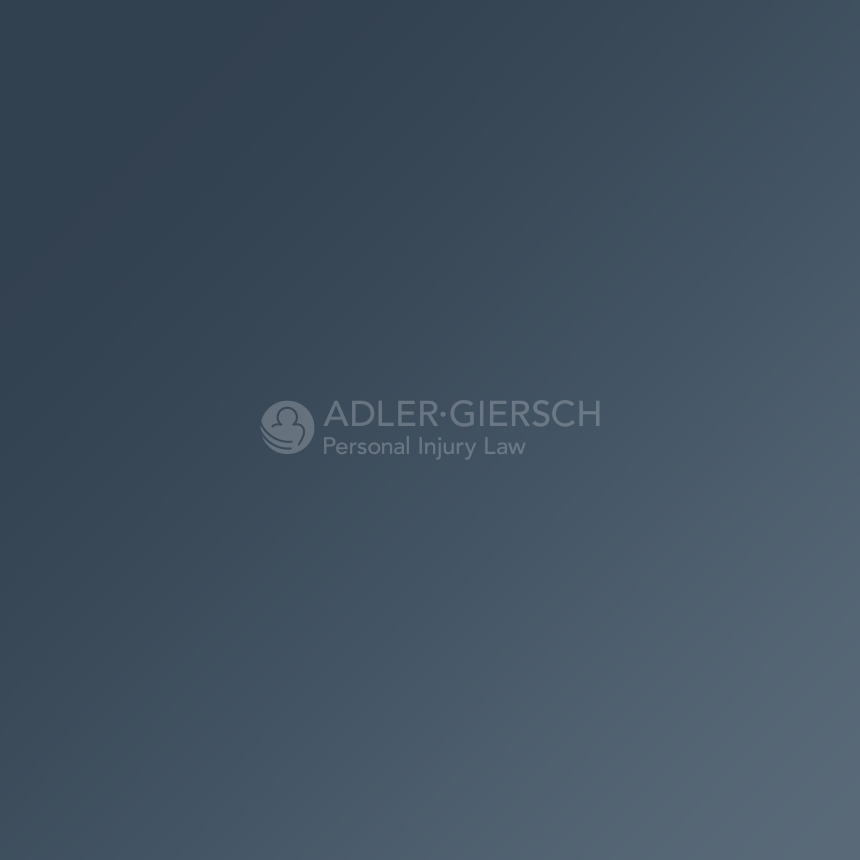If you are currently treating or have treated a patient for injuries resulting from a criminal act, there are important resources you may not know about.
Consider this common scenario: You have a patient who was in a motor vehicle collision. Fortunately, they have PIP coverage through their auto insurer and medical insurance through their employer to pay for care. But, what if the other driver was charged with vehicular assault because they were driving under the influence of drugs or alcohol? What if instead of being insured to pay for treatment, your patient did not have PIP or health insurance, or only PIP but no health insurance? What if their PIP medical coverage has been maxed out? What if your patient still owes money for treatment provided and there is no insurance coverage left? Can you just bill the patient?
In Washington State, victims of crime have access to the Crime Victims Compensation Program.[1] This program, administered by the Department of Labor & Industries, will provide financial compensation to crime victims to help pay for medical expenses, loss of financial support – and even funeral expenses.
What types of providers qualify to bill for their services under this program? Under the program, a “treating provider” is defined as:
A person licensed to practice one or more of the following professions: Medicine and surgery, osteopathic medicine and surgery, chiropractic/naturopathic physician, podiatry, dentistry, optometry, advanced registered nurse practitioner (ARNP), mental health therapists, and certified medical physician assistants or osteopathic physician assistants. A treating provider actively treats an injured or ill claimant.[2]
These are the steps of how the program works from the provider’s end:
- A Provider must qualify as an approved provider and register with the program by providing a completed application[3] and W-9;
- Provide a copy of your professional license, certification and/or registration;
- Public or private insurance must be billed first.
- All co-pays, deductibles or out of pocket expenses should be billed to the department[4]
- The “maximum benefit” for purposes of the Crime Victims Compensation Program is $150,000.00.[5]
If you think your patient qualifies for the program, you should let them know of this resource and have them submit an application, if they have not done so already.[6] It is important to note that if your patient’s claim is approved through the Crime Victims Compensation Program, the patient cannot be billed for any out of pocket expenses for treatment if they have not reached the maximum benefit. WAC 296-30-087 states:
(1) If claim costs are under the maximum benefit, the claimant should not pay any expenses relating to an allowed claim. Providers must bill the claimant’s public or private insurance first, and then bill the department.
|
EXCEPTION:
|
A provider may require the claimant (patient) to pay for treatment if the claimant’s (patient’s) eligibility is pending. If benefits are authorized, and payable by the department, the provider must refund the claimant in full.
|
(2) If claim costs exceed the maximum benefit, the claimant is responsible for expenses.
When sending a bill to the department for payment, you should include the following:
- Your patient’s crime victims claim number;
- Your L&I provider number and tax account number; and
- The EOB from your patient’s primary insurance, even when you know the insurer will not pay.
The attorneys at Adler Giersch understand the importance of access to care and its challenges. We also understand the critical importance in getting your patient on the proper road to recovery. We are always ready and willing to assist you in any and all questions when it comes to Crime Victims Compensation coverage in Washington. If you have any questions, please don’t hesitate to contact us.
